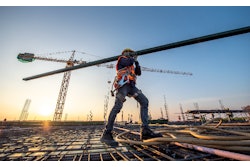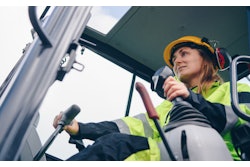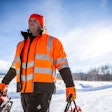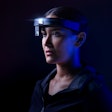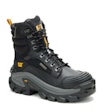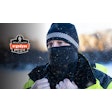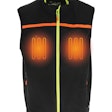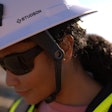
As with men’s construction work pants, the best work pants for women workers provide durability, comfort and functionality for completing the tasks at hand.
Still, selecting the correct work pants for women construction workers considers several factors.
Fit and Size
Chief among them: fit and size, as ill-fitting pants can hinder job performance and lead to health and safety concerns, such as being exposed to hazards. Relaxed and straight-fit options provide durability and longevity. Leg openings enable the pants to fit over foot apparel, such as boots.
As has been previously reported in an IRONPROS story, the U.S. Department of Labor has a proposed rulemaking that would clarify the personal protective equipment (PPE) standard for the construction industry as the current standard does not state clearly that PPE must fit each affected employee properly, as does Occupational Safety and Health Administration's (OSHA) general industry and maritime standards.
That includes women who – according to the U.S. Bureau of Labor Statistics – comprise nearly 11 percent of the construction workforce.
OSHA notes women’s PPE – including pants – should be based upon female anthropometric (body measurement) data. Typical anthropometric measurements include height while standing and sitting, weight, waist circumference, waist-to-hip ratio, waist-to-height ratio, body mass index (BMI), grip strength and skinfold body fat measurement.
Safety Standards and Features
Compliance with safety standards necessitating high visibility and/or fire-resistance is just as important as fit and size.
While there are some companies that focus their entire brand on women’s construction apparel and PPE, other companies are answering the call as is outlined in this story, which makes the point that a comfortable garment is lightweight in that it doesn’t ‘weigh down’ the woman wearing it, is breathable in allowing heat and air to flow through and is moisture-wicking.
In contrast, heat stress can result in fatigue and confusion, cramping, dizziness, heat rash and heat stroke, with risk factors including dehydration, overexposure to high heat, high exertion and lack of rest and some health conditions.
Phase change technology developed for NASA reduces perspiration up to 34 percent, with temperature regulation balancing skin temperature plus or minus three degrees. One woman-specific benefit: it helps increase comfort during hot flashes.
Women’s construction work pants may feature a contoured waistband to prevent gapping in the back. A higher rise in the back accommodates a curvier lower back. Women’s workwear is constructed with more curvature in the hips that taper slightly toward the waist for a more natural fit.
Women’s construction pants may have a shorter inseam length, designed to cater to generally shorter average height compared to men.
Comfort can be found through the integration of knee pads in the pants and a crotch gusset offering freedom of movement. Weather- and water-resistant pants provide extra comfort and protection against the elements.
Quality women’s work pants crafted from durable and sturdy materials such as denim, rip-stop or canvas enable the pants to be resistant to tears and abrasion, while stain-resistant features also help extend the life of the pants.
Reinforced stitching at the seams, pockets,and knees as well as double-stitching and bar-tack reinforcements are driving factors toward longevity and durability. Reinforced triple stitching at stress points such as the waistband, seat and knees also enhances durability.
Women’s work pants should also be designed with strategically placed functional pockets and tool loops.
Materials
Another factor to consider is women construction workers being able to access functional maternity works pants that incorporates stretchable material, UV rated protection and fire-resistant properties, as it outlined in this IRONPROS story. Brands specializing in maternity pants typically offer a wide range of sizes to cater to various stages of pregnancy.
As reported in previous articles, a quick way to determine the gender for which the pants are made is that women’s pants may feature buttons and zippers on the left side, a garment feature rooted in history that is no longer applicable and dates to a time when women – particularly wealthy women – were dressed by servants, with the buttons or zippers being on the left side of the garment to make it easier for them to dress the women.
Women’s construction work pants will often feature curvature in the hip and thigh and can be found in sizes from XXS to XXL.

